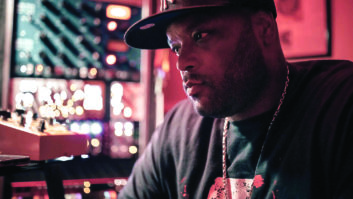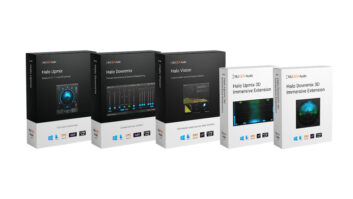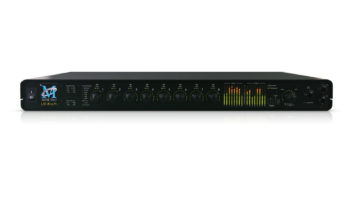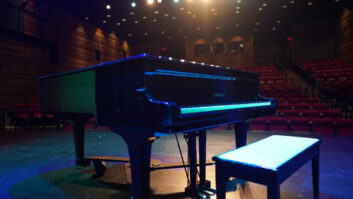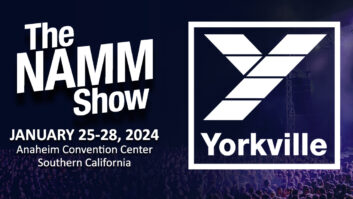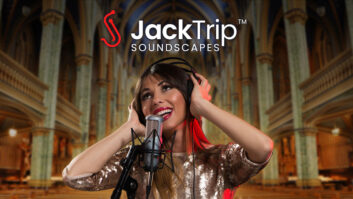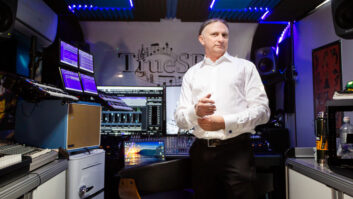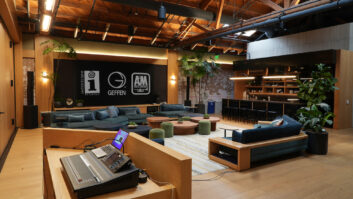Classical music engineer Brian Peters
Antarctica was recreated in a Central Park ice rink in mid-October for a filmed conceptual art performance by artist Pierre Huyghe. Inspired by a month-long polar expedition in search of an elusive albino penguin, the performance featured an epic musical piece composed by Joshua Cody. Engineer Brian Peters, hired to record the 42-piece orchestra during rehearsals and the filmed performance using a Metric Halo multi-track setup, found himself also acting as a playback engineer when the days-long wet weather forced a last minute change of plans.
“We were originally scheduled to do the recording during rehearsals and also as they were performing live out under the tent on the ice rink,” says Peters. The engineer used a total of five Metric Halo digital audio interfaces—three 8-channel Mobile I/O 2882 boxes plus a pair of ULN-2 2-channel interfaces, with an additional eight channels introduced via Lightpipe—to record 31 microphones plus timecode and also generate monitor feeds. But because of the rain, he says, “We recorded it in the locker room of the ice rink. There were no technical problems at all during this event except for the rain. Twelve inches in three days in Central Park! I was concerned about the power situation with the orchestra stage actually being an island surrounded by five inches of water and 300 feet away, but as it turns out a good grip company made everything work well.
“Due to the rough weather, we ended up recording the audio inside the ice rink’s locker room and then playing back the audio for the performance as it was still raining during the show.” The last minute changes forced Peters to move fast. Using the ULN-2s in standalone mode, he was able to have a high quality monitoring setup that didn’t affect the stability of the recording devices. “I set up the ULN2s for monitoring and foldback to the stage and producers’ station as well as using their preamps for some of the mics. I then took them offline and recorded to the three 2882s,” says Peters.
“We did a two-channel mix of the project at night in Nuendo and played it for the director, Pierre Huyghe, the next day. After listening to the mix he suggested two minor changes to the theremin and electric guitar tracks. This was easily done and mastered again in time for the performance. We actually played the mixed down version to the audience as the film was being shot with the orchestra syncing to the playback.”
The “modified symphony orchestra” primarily comprised low reed instruments and a few brass and percussion, but also incorporated unusual instruments such as theremin, heckelphone, serpent and didgeridoo, and featured composer and electric guitarist Elliot Sharp. “I close-miked all the instruments and we ran 32 channels at 48 kHz,” Peters says.
Visit www.mhlabs.com for more information.
